“Look at us. We're almost totally dependent on our maid. She cooks and washes for us, and is the first person to greet me when I come home from work. She is entirely at our service.” 하녀 [Hanyeo / The Housemaid] (Kim Ki-young, 1960)
Nov
13
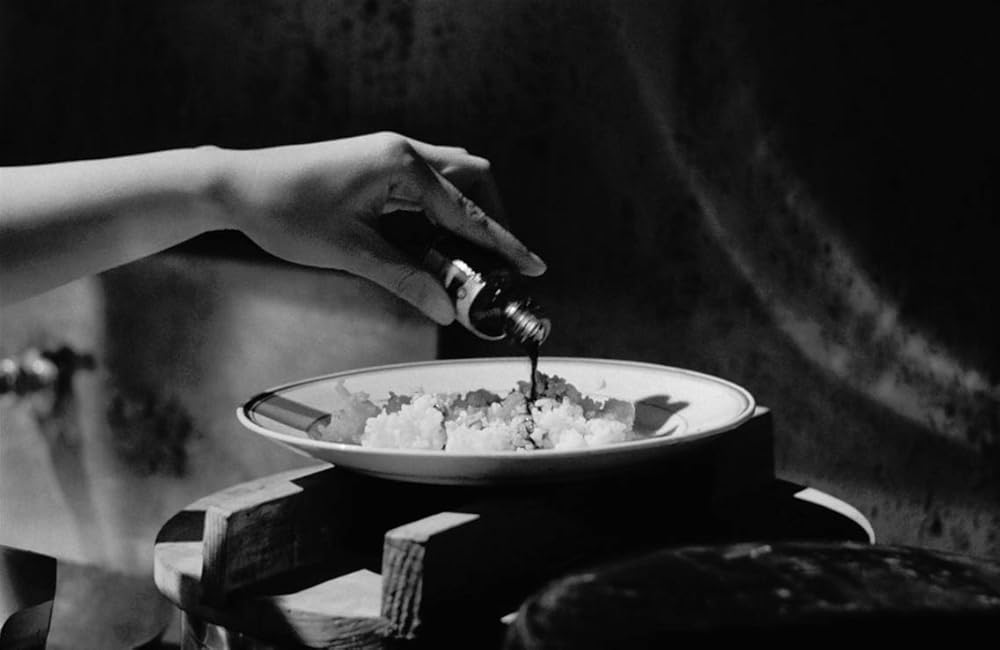
Adding one more ingredient. DP: Deok-jin Kim.
A memorable kitchen or cooking scene*
– Dong-sik Kim
A housemaid works her way into a middle-class household and takes over the wife's tasks – cleaning, cooking, child rearing.
* the Bales 2025 Film Challenge for November is, again, not date-based, but follows a sloppy schmaltzy all-American Thanksgiving-y narrative. Trying to make it work my way.
Bales2025FilmChallenge
Bröllopsbesvär [Wedding: Swedish Style] (Åke Falck, 1964)
Nov
11
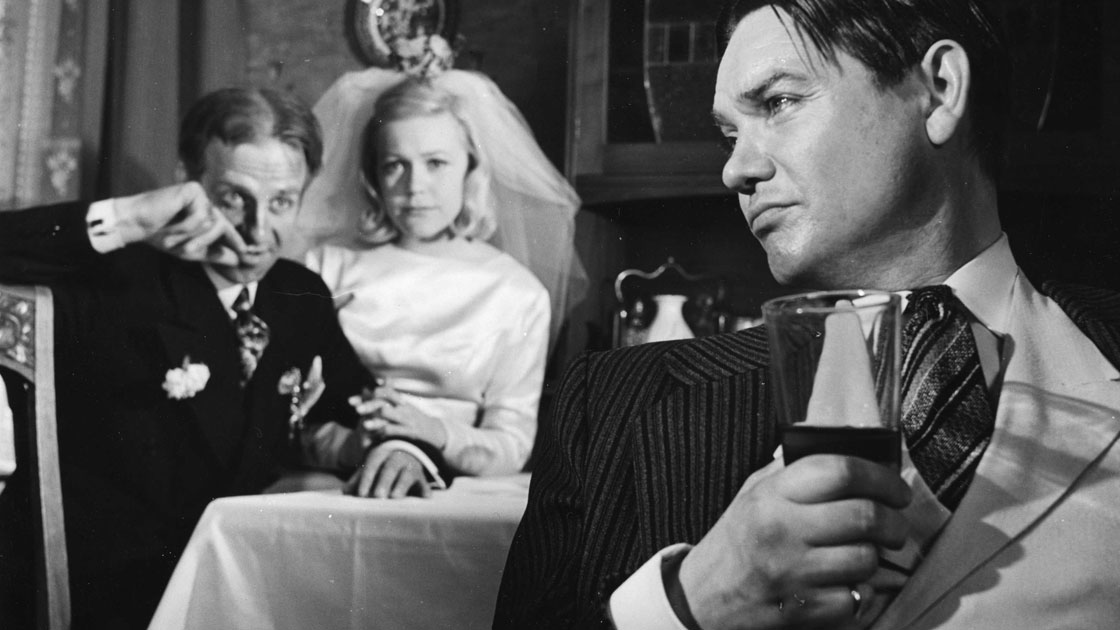
Bride and groom, and resentfulness at front. DP: Rune Ericson.
A dysfunctional family*
On a wedding day, and night, a family's dirty secrets are laid bare.
* the Bales 2025 Film Challenge for November is, again, not date-based, but follows a sloppy schmaltzy all-American Thanksgiving-y narrative. Trying to make it work my way.
“Arigatō! [Thank you!]” 有りがたうさん [Arigatō-san / Mr. Thank You] (Hiroshi Shimizu, 1936)
Nov
6
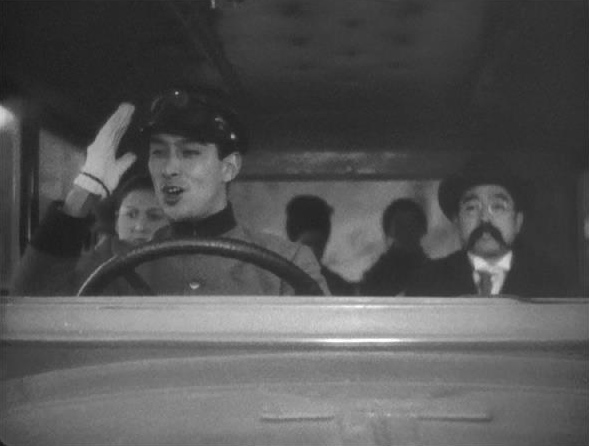
Arigatō-san (Ken Uehara) courteously thanks someone who shares the road for giving way. DP: Isamu Aoki.
A movie that makes you want to travel*
– Mr Thank You to everyone – poultry included – he passes on his bus
Friendly and helpful, Arigatō-san (Ken Uehara) is there for his passengers and non-bus travellers alike. A sweet roadmovie from a Japan now lost to time.
* the Bales 2025 Film Challenge for November is, again, not date-based, but follows a sloppy schmaltzy all-American Thanksgiving-y narrative. Trying to make it work my way.
“She's a strange breed.” Jules et Jim (François Truffaut, 1962)
Nov
4
sweaters
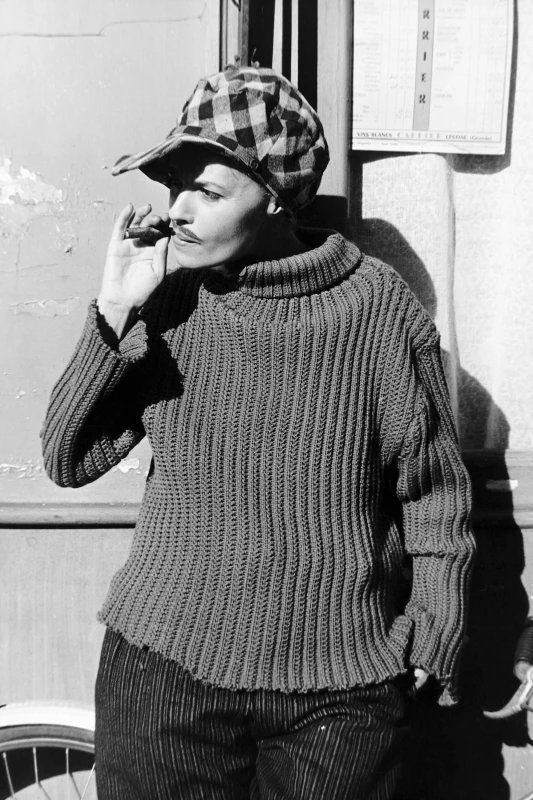
Catherine (Jeanne Moreau) in a raggedy, moth-eaten sweater and oversized newsboy cap, wears a moustache and smokes a cigar (via). DP: Raoul Coutard.
A movie with gorgeous sweater fashion*
– Jim
Throwing in a little Movember for good measure.
* the Bales 2025 Film Challenge for November is, again, not date-based, but follows a sloppy schmaltzy all-American Thanksgiving-y narrative. Trying to make it work my way.
“A man with no country, will have no grave in the Earth, I forbid you to leave.” المخدوعون [Al-makhdu'un / The Dupes] (Tawfiq Saleh, 1972)
Nov
2
النَّكْبَة
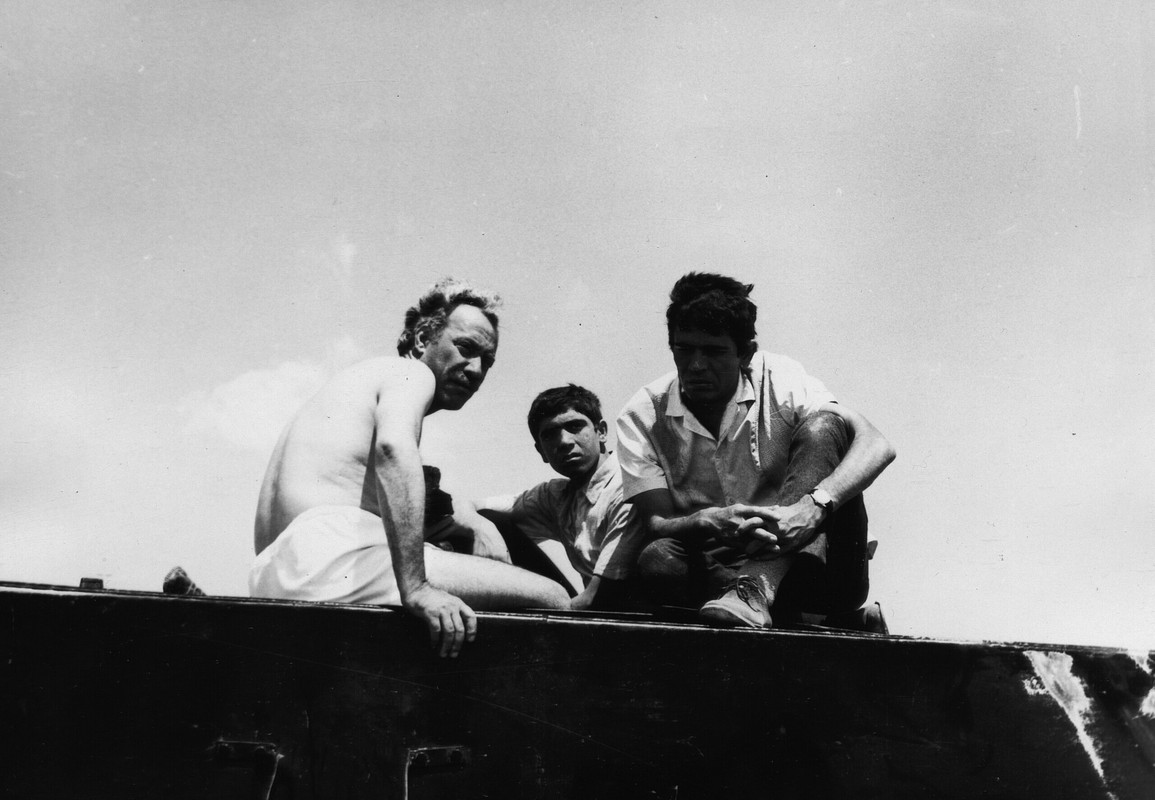
The three men on top of the water truck (via). DP: Bahgat Heidar.
Starting over*
– opening quote (via)
A few years after the start of the Nakba, three generations hope to make a new life for themselves. In the steel belly of a water truck, the men travel Palestine into Iraq, then crossing the desert towards the promised land, Kuwait.
* the Bales 2025 Film Challenge for November is, again, not date-based, but follows a sloppy schmaltzy all-American Thanksgiving-y narrative. Trying to make it work my way.
“Junge, du bist ja ganz woanders!” Bübchen (Roland Klick, 1968)
Nov
1
autumn
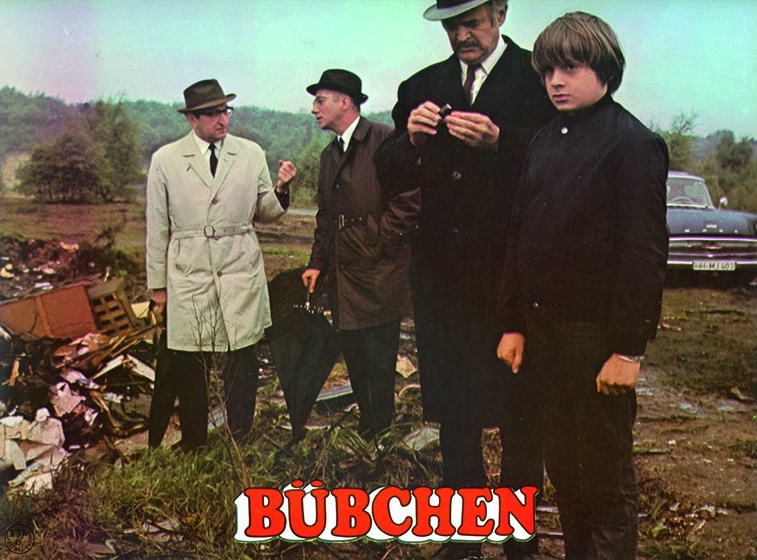
Lobby card. Achim (Alexander Kekulé) at a dreary, autumn-y scrapyard surrounded by several serious looking men in trenchcoats. Bübchen is an endearing term for a little boy (via (spoilers)). DP: Robert van Ackeren.
A movie that feels like autumn*
A family of four share the same house and live their own lives. When the parents attend a company party, the neighbour's teenage daughter reluctantly babysits the children then promptly runs off with her secret boyfriend. Left to his own devices, the bored 10-year old Achim plays a game with his little sister
I Initially nomintad the RAF critique Deutschland im Herbst (1978) for today's challenge, when I realised that Bübchen too is about Germany's youth's antics and the society that planted its seeds. Here again, a repressed community dutifully finds a way to bury the terror into the fabric of mundanity. You'll find it again in Michael Haneke's Das weiße Band (2009), now foretelling the German youth that came to embrace Nazism.
Eternal return, ad nauseam.
* the Bales 2025 Film Challenge for November is, again, not date-based, but follows a sloppy schmaltzy all-American Thanksgiving-y narrative. Trying to make it work my way.
“Well, as I said before, I say again, here's… Here's to a son… to the house of Frankenstein.” Frank Stein (Iván Zulueta, 1972)
Oct
30
Karloff
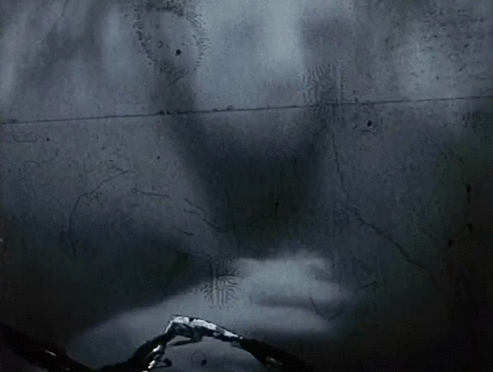
The Monster (Karloff) in Zulueta's recut (via). DP: Iván Zulueta / Arthur Edeson + Paul Ivano.
A [favourite] Boris Karloff film*
– Baron Frankenstein
Zulueta's mycotoxic fever dream of Whale's Frankenstein.
* the Bales 2025 Film Challenge for October is horror-themed as opposed to date-based, and is all about favourites. Expect non-horror and films I believe to be relevant instead.
“A premonition of a horror film” Outer Space (Peter Tscherkassky, 1999)
Oct
26

Barbara Hershey as Carla Moran. DP of The Entity: Stephen H. Burum.
[Favourite] psychological horror*
– tagline
Real horror is not found in broken dinner plates or corpuscular masses of light. It's in what the mind does with that input, in how those lux morph into human-like shapes. In how gusts of wind becomes larynx-touched voices. Cut up the neatly filed research papers and be left with the whispers of the mind.
* the Bales 2025 Film Challenge for October is horror-themed as opposed to date-based, and is all about favourites. Expect non-horror and films I believe to be relevant instead.
”'M. Valdemar,' I said, 'are you asleep?' He made no answer, but I perceived a tremor about the lips, and was thus induced to repeat the question, again and again. At its third repetition, his whole frame was agitated by a very slight shivering; the eye-lids unclosed themselves so far as to display a white line of the{n} ball; the lips moved sluggishly, and from between them, in a barely audible whisper, issued the words: 'Yes; — asleep now. Do not wake me! — let me die so!'” Il caso Valdemar [The Facts in the Case of M. Valdemar] (Gianni Hoepli + Ubaldo Magnaghi, 1936)
Oct
24

M. Valdemar on his deathbed.
[A] favourite horror movie overall*
– Edgar Allan Poe, The Facts in the Case of M. Valdemar (1845) (via)
A man agrees on being hypnotised while in the state of dying. This particularly haunting and efficiently gory film – the first in the genre – is the result.
* the Bales 2025 Film Challenge for October is horror-themed as opposed to date-based, and is all about favourites. Expect non-horror and films I believe to be relevant instead.
“No, I never left the wheel; not for a moment.” The Mystery of the Mary Celeste [Phantom Ship] (Denison Clift, 1935)
Oct
23
Bela Lugosi
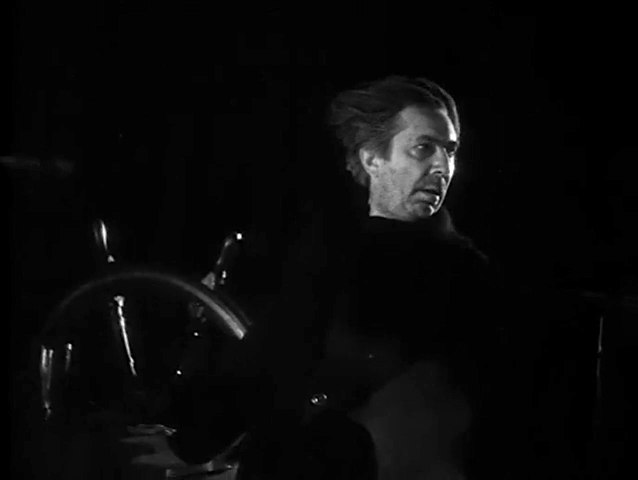
Anton Lorenzen (Lugosi) at Mary Celeste's wheel. DPs: Eric Cross & Geoffrey Faithfull.
[A favourite] Bela Lugosi film*
– Anton Lorenzen
A post-Dracula Lugosi demonstrates that he's more than the cursed aristocrat. An efficient early Hammer production, made just a year after their founding.
* the Bales 2025 Film Challenge for October is horror-themed as opposed to date-based, and is all about favourites. Expect non-horror and films I believe to be relevant instead.